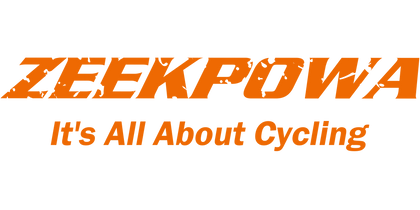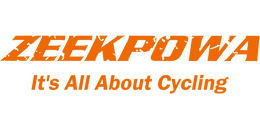DIY Enthusiasts: Which Motor Suits You Best for your pedelec?

Embarking on the journey of building your own electric bike is not only a practical endeavor but also an adventure in innovation and customization. One of the key decisions you'll face in this DIY project is choosing the right motor for your self.
In this guide, we'll mainly explore the Mid drive Motor & Hub Motor differences to help you make an informed decision. Whether you prioritize balance, handling, affordability, or simplicity of installation, we're here to guide you through the decision-making process and set you on the path towards creating your ideal electric bike.
-
1. Mid-drive Motor vs. Hub Motor: Basic Concepts
-
2. Advantages and Disadvantages of Mid-drive Motor
Balance and Handling: Due to its position at the bottom bracket, the mid-drive motor maintains the bike's balance and enhances stability, resulting in better handling.
Utilization of Gears: The mid-drive motor can work in conjunction with the bicycle's gears, allowing for adjustments in gear ratios to provide varying levels of power support, suitable for different riding environments and needs.
-
3. Strengths and Weaknesses of Hub Motor
-
4. Choosing should Be Based on Personal Needs
-
5. Considering Other Factors
Besides motor type, factors such as cost, installation complexity, DIY skill level, and personal riding preferences should also be considered when making a decision.
In summary, both the mid-drive motor and the hub motor have their own advantages and disadvantages. The mid-drive motor offers better balance, handling, and full utilization of the bike's gearing system, but comes with a more complex installation process and higher cost. Conversely, the hub motor provides a simpler installation and is more budget-friendly, although it may slightly affect the bike's balance and cannot fully utilize the gearing system. Therefore, the choice depends on individual preferences and needs. We encourage readers to weigh the pros and cons carefully and make an informed decision based on their circumstances.
The DIY electric bike project is not only a technical challenge but also an opportunity for exploration and creativity. We encourage readers to embark on this journey with courage, enjoying the fun and challenges of DIY. If you have any questions or would like to share your experiences, please feel free to contact us. We look forward to hearing your stories and providing support and advice.
May your DIY electric bike project be filled with joy and success!



Leave a comment